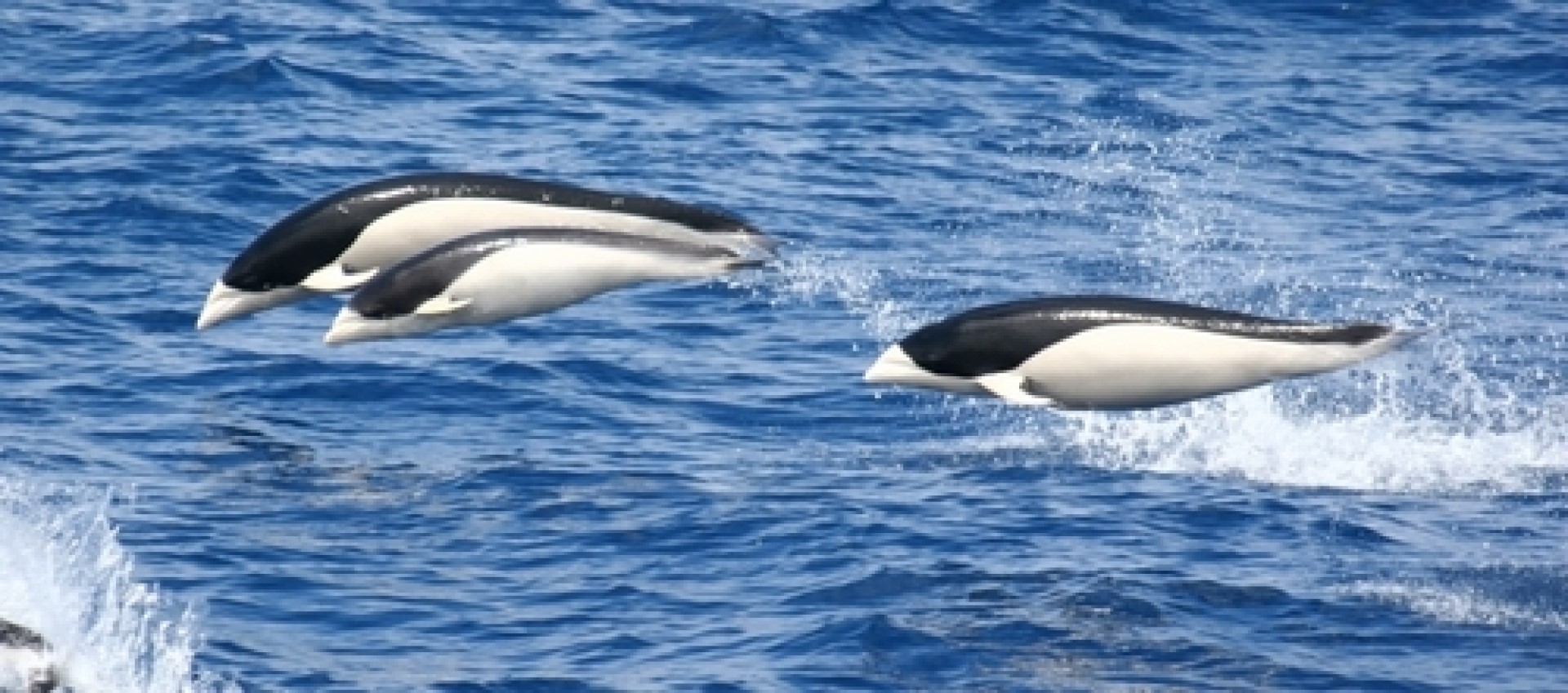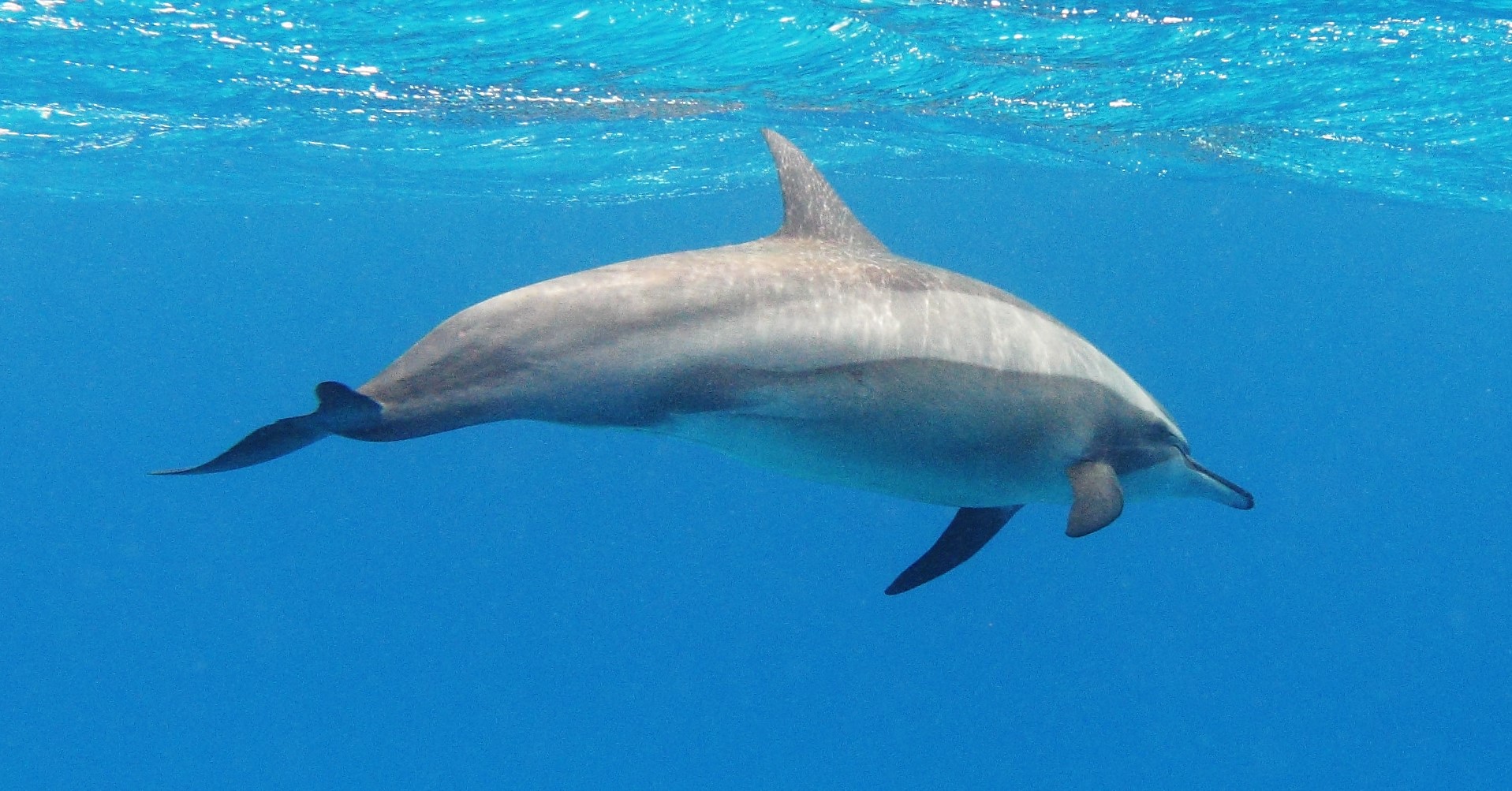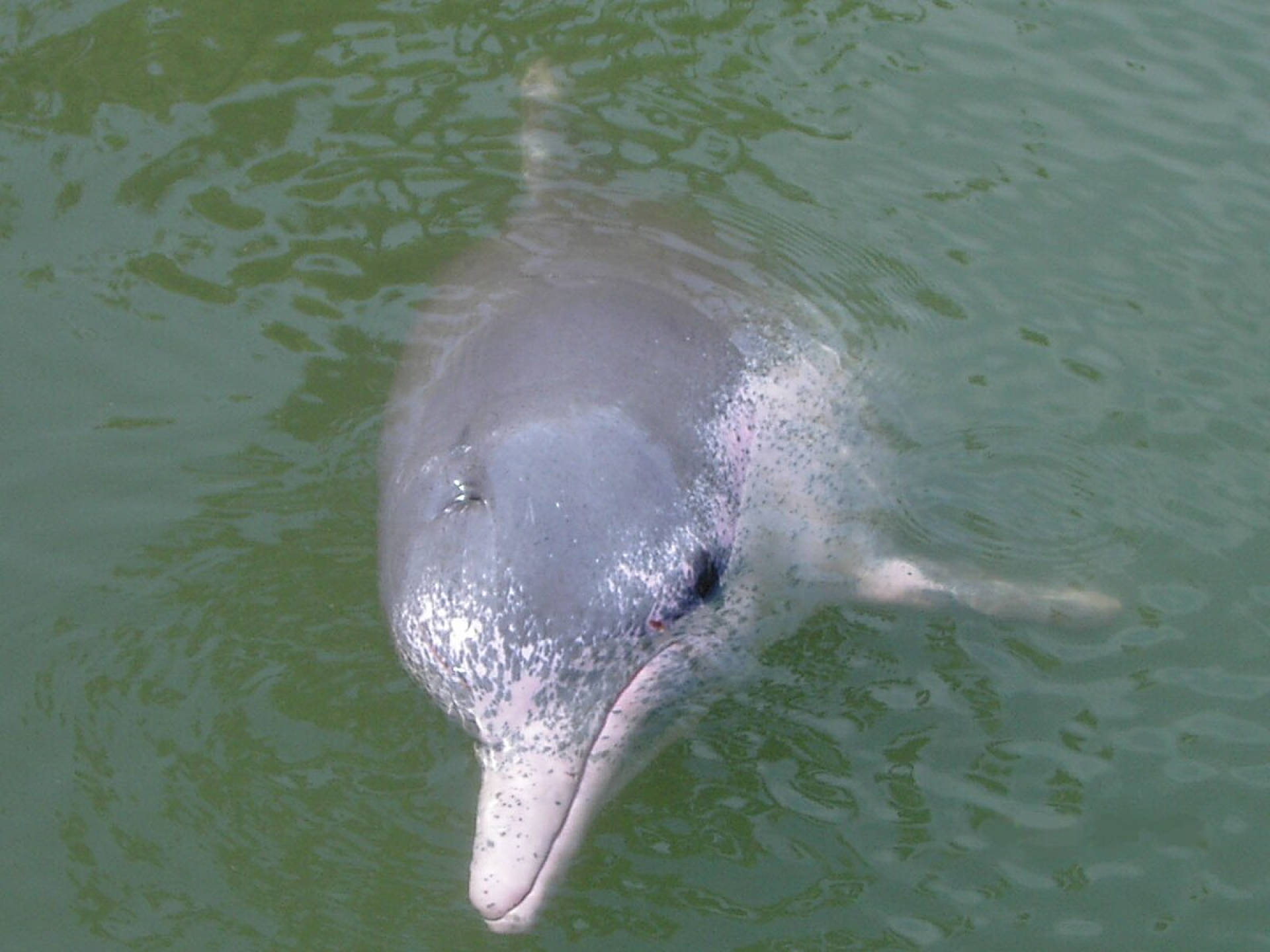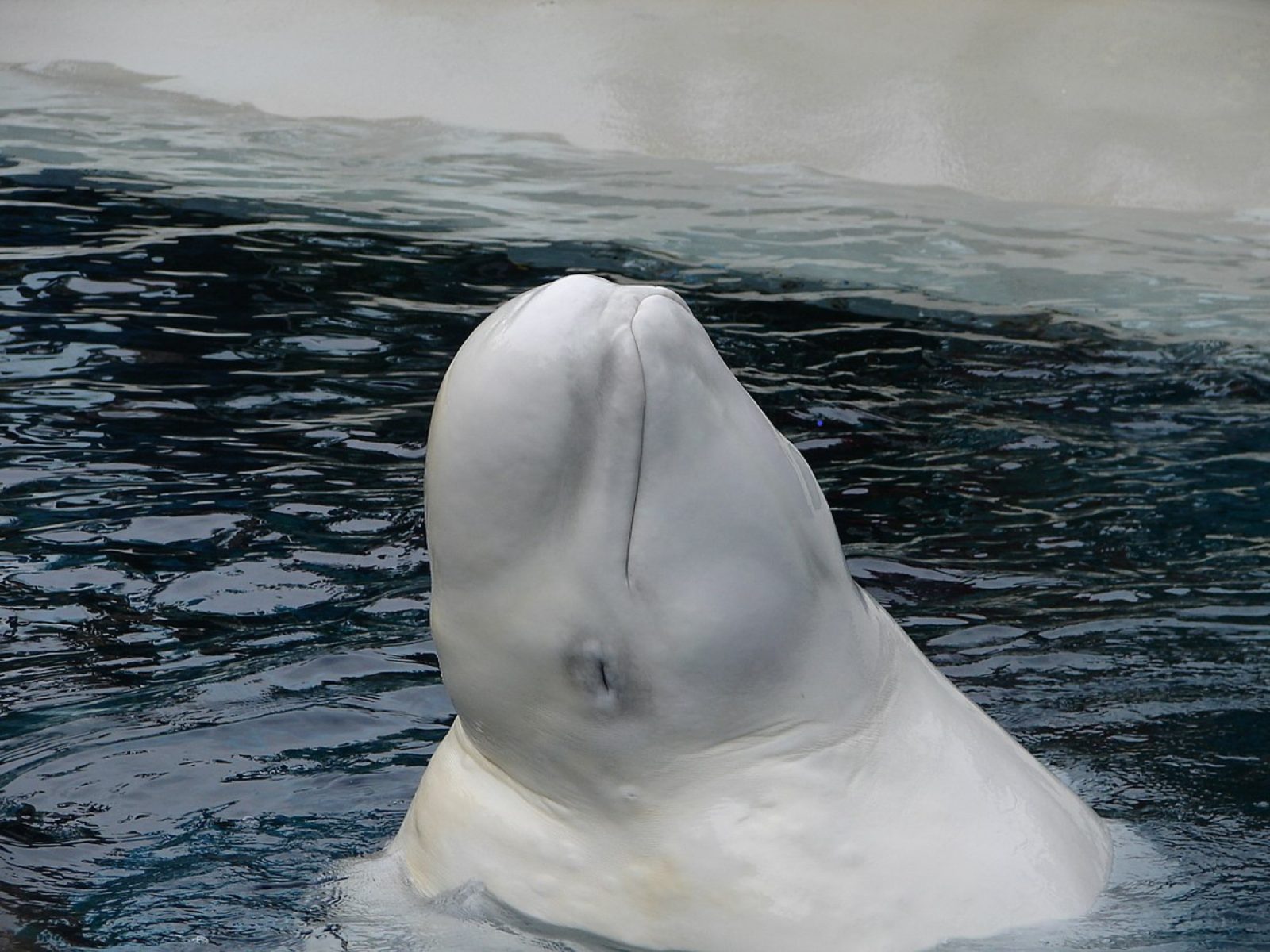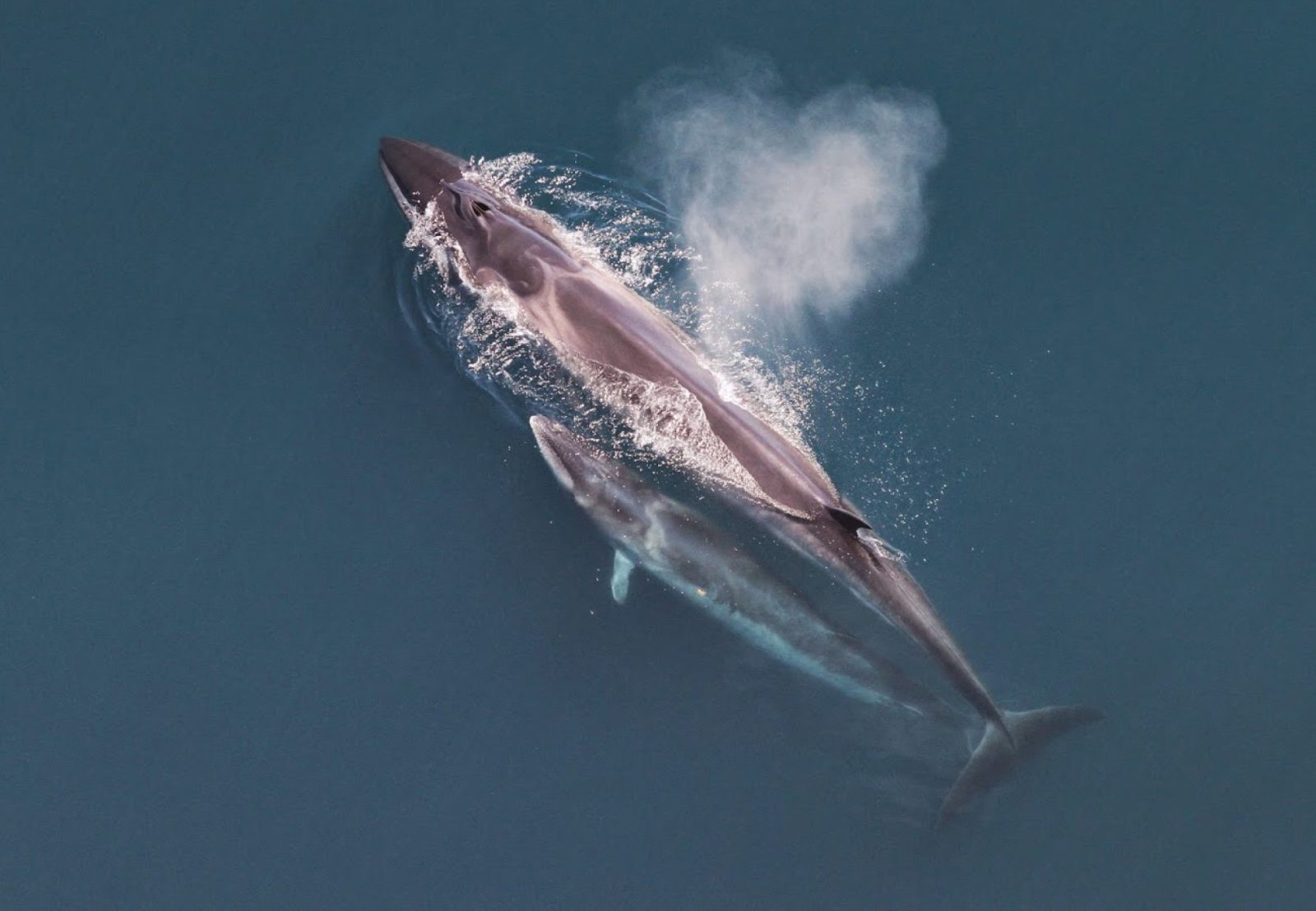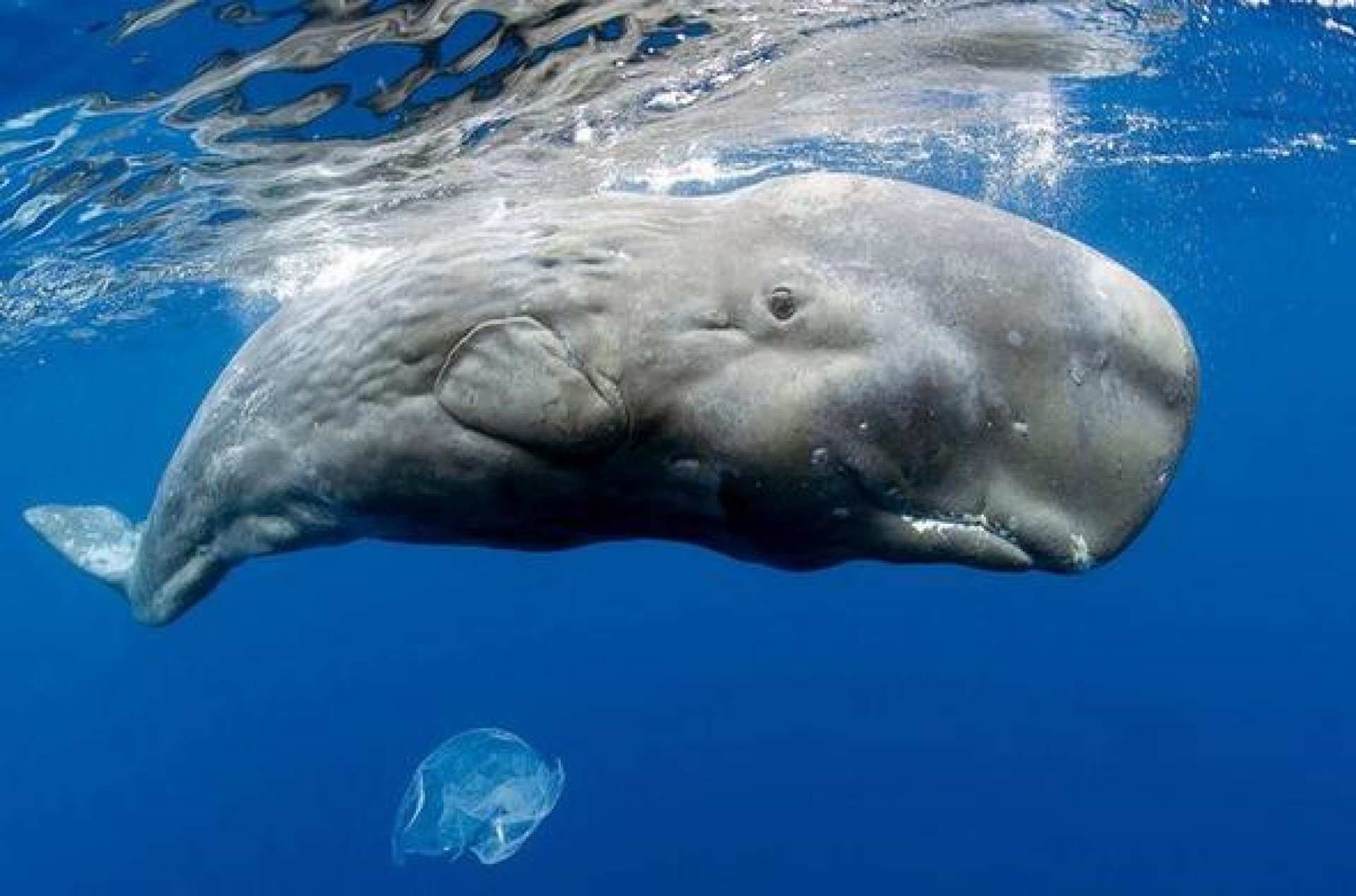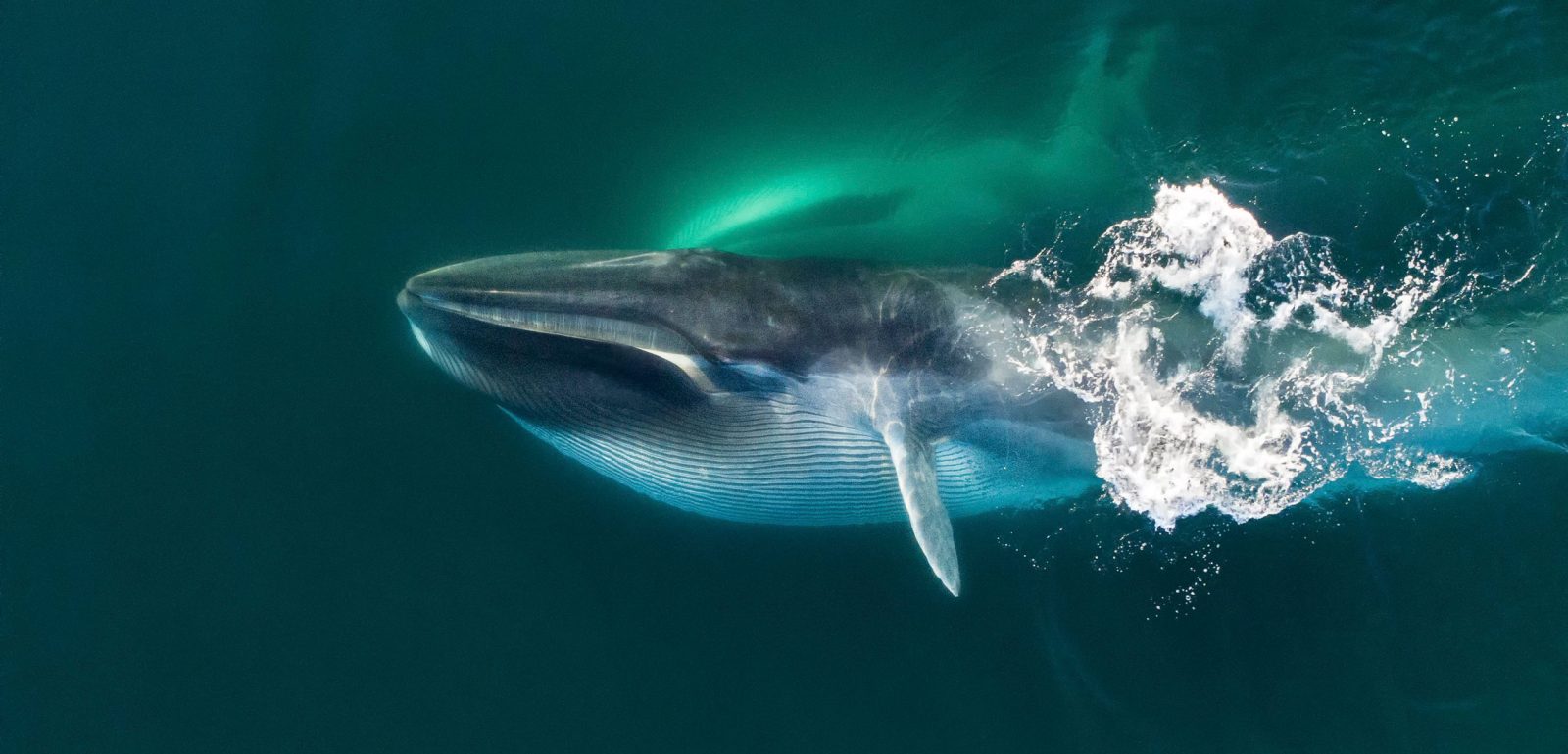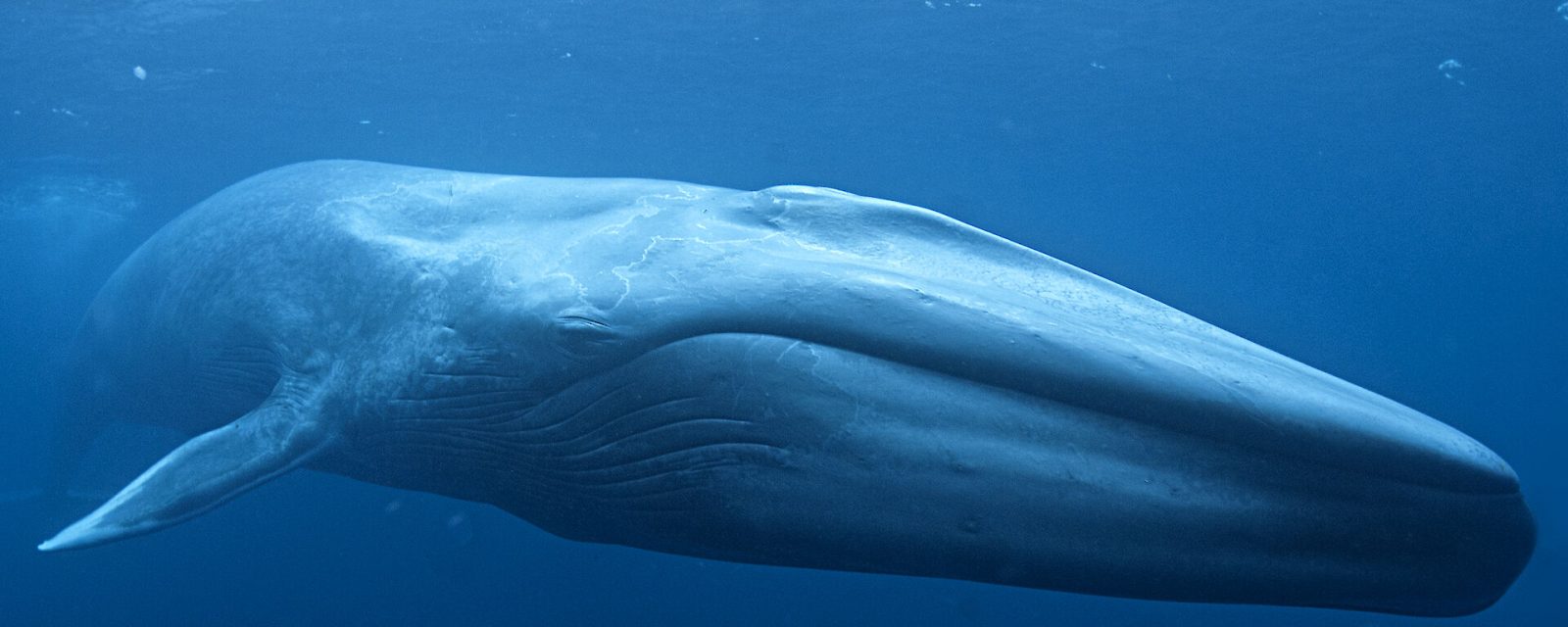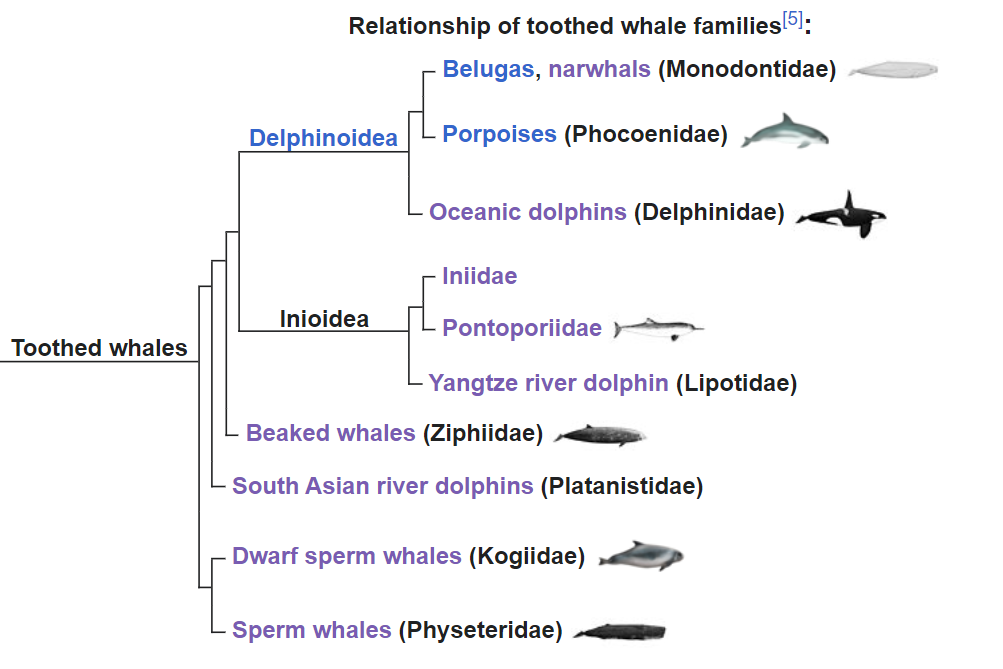Due to the spinner dolphin foraging and feeding at night, in certain regions, such as Hawaii and northern Brazil, dolphins spend the daytime resting in shallow bays near deep water. Spinner dolphins rest as a single unit, moving back and forth slowly in a tight formation but just out of contact with one another. These resting behaviours are observed for about four to five hours daily. During rest periods, spinner dolphins rely on vision rather than echolocation. At dusk, they travel offshore to feed. They travel along the shore during foraging trips, and the individuals that occupy the same bay may change daily. Some individual dolphins do not always go to a bay to rest; however, in Hawaii, dolphins do seem to return to the same site each trip.
Spinner dolphins live in an open and loose social organization. The spinner dolphins of Hawaii live in family groups, but also have associations with others beyond their groups. Mothers and calves form strong social bonds. Spinner dolphins seem to have a promiscuous mating system, with individuals changing partners for up to some weeks. A dozen adult males may gather into coalitions. Vocalizations of spinner dolphins include whistles, which may be used to organize the school, burst-pulse signals, and echolocation clicks. The spinner dolphin has a 10-month gestation period, and mothers nurse their young for one to two years. Females are sexually mature at four to seven years, with three-year calving intervals, while males are sexually mature at seven to 10 years. Spinner dolphins live for about 20-25 years old. Breeding is seasonal, more so in certain regions than others.
Although most spinner dolphins are found in the deeper waters offshore of the islands, the rest of the Hawaiʻi population has a more coastal distribution. During daytime hours, the island-associated stocks of Hawaiian spinner dolphins seek sanctuary in nearshore waters, where they return to certain areas to socialize, rest, and nurture their young.
They get their name for their spinning jumps, a spinner dolphin comes out of the water front first and twists its body as it rises into the air. When it reaches its maximum height, the dolphin descends back into the water, landing on its side. A dolphin can make two to seven spins in one leap; the swimming and rotational speed of the dolphin as it spins underwater affects the number of spins it can do while airborne. These spins may serve several functions. Some of these functions are believed by experts to be acoustic signalling or communication. Another reason is to remove ectoparasites such as remoras. Dolphins may also make nose-outs, tail slaps, flips, head slaps, “salmon leaps”, and side and back slaps.
The protected status of spinner dolphins are CITES Appendix II and Marine Mammal Protection Act (MMPA) protected throughout its range as well as MMPA depleted in its eastern stock. Tens of thousands of spinner dolphins, mostly eastern and white-bellied varieties, were killed in the 30 years after purse seine fishing for tuna began in the 1950s; The process killed probably half of all eastern spinner dolphins. They have also been contaminated by pollutants such as DDT and PCBs. Spinner dolphins, as with other species affected by ETP tuna purse-seine fishing, are managed nationally by the coastal countries and internationally by the IATTC. The IATTC has imposed annual stock mortality limits on each purse seine and promulgated regulations regarding the safe release of dolphins. The eastern tropical Pacific and Southeast Asian populations of the spinner dolphin are listed on Appendix II of the Convention on the Conservation of Migratory Species of Wild Animals (CMS), since they have an unfavourable conservation status or would benefit significantly from international co-operation organized by tailored agreements. In addition, the spinner dolphin is covered by Memorandum of Understanding for the Conservation of Cetaceans and Their Habitats in the Pacific Islands Region (Pacific Cetaceans MoU) and the Memorandum of Understanding Concerning the Conservation of the Manatee and Small Cetaceans of Western Africa and Macaronesia (Western African Aquatic Mammals MoU). Spinner dolphins are susceptible to disease and two of the recorded diseases within them are toxoplasmosis and cetacean morbillivirus. The number of cases reported however is fairly low in the species.
Spinner dolphins in Hawaii receive multiple daily visits to their near-shore resting grounds, with boats taking people out daily to snorkel and interact with the local dolphin population. Such activities are increasingly coming under criticism on the grounds of possible harm to the dolphins, and efforts are being made both to educate the public in order to minimise human impact on the dolphins, and to bring in regulations to govern these activities. In 2023, 33 swimmers were arrested for reportedly harassing dolphins off the coast of the Big Island of Hawaii. The swimmers reportedly broke federal law by swimming within 45 meters (50 yards) of the dolphins. The ban went into effect in 2021 due to dolphins not getting enough rest during the day to forage for food at night. The swimmers were caught by drone footage pursuing the dolphins as they tried to escape.
We are eager to work with people who run boats to see these animals – provided they are run with due care for the animals. Do get in touch, or fill in a form you will find in ‘List your wild place’ at the top of the page (or click here).

